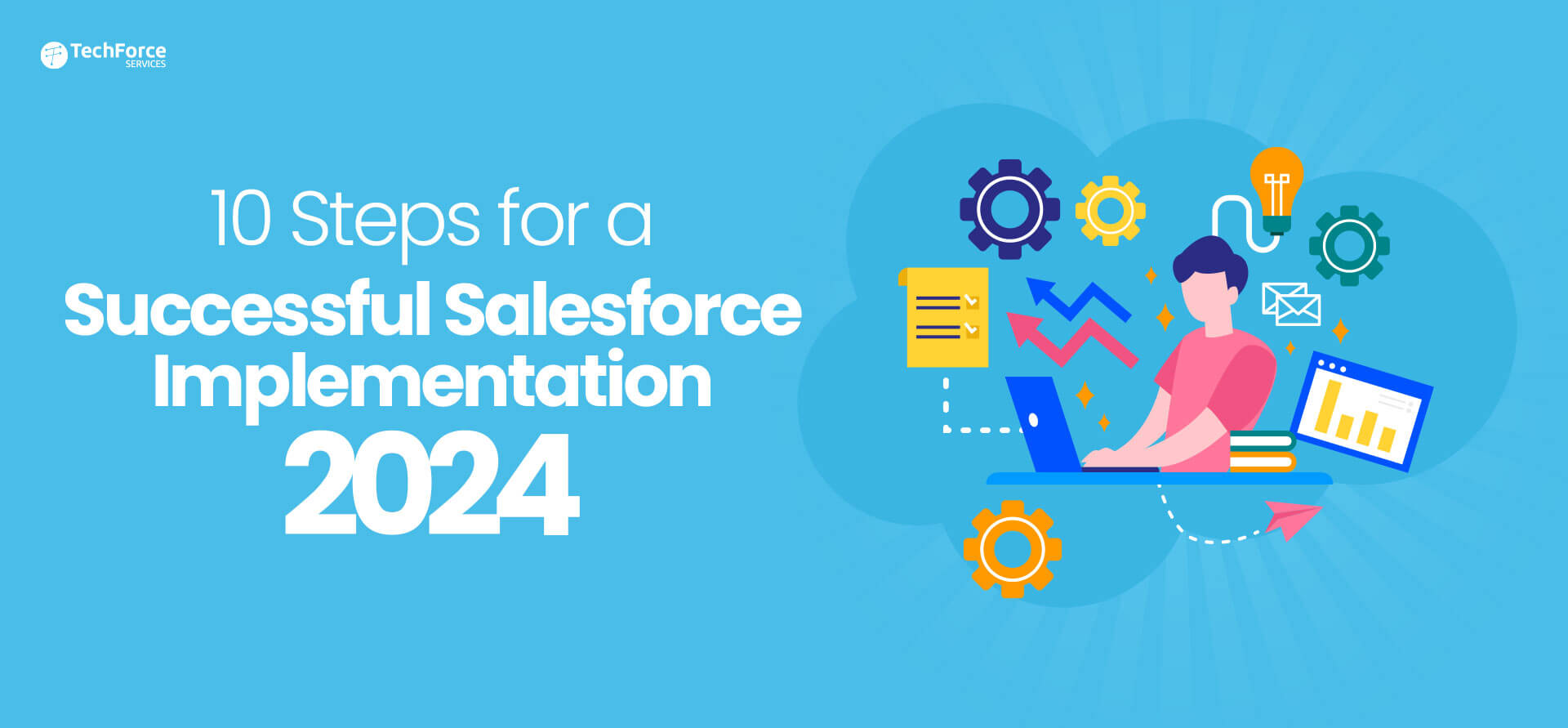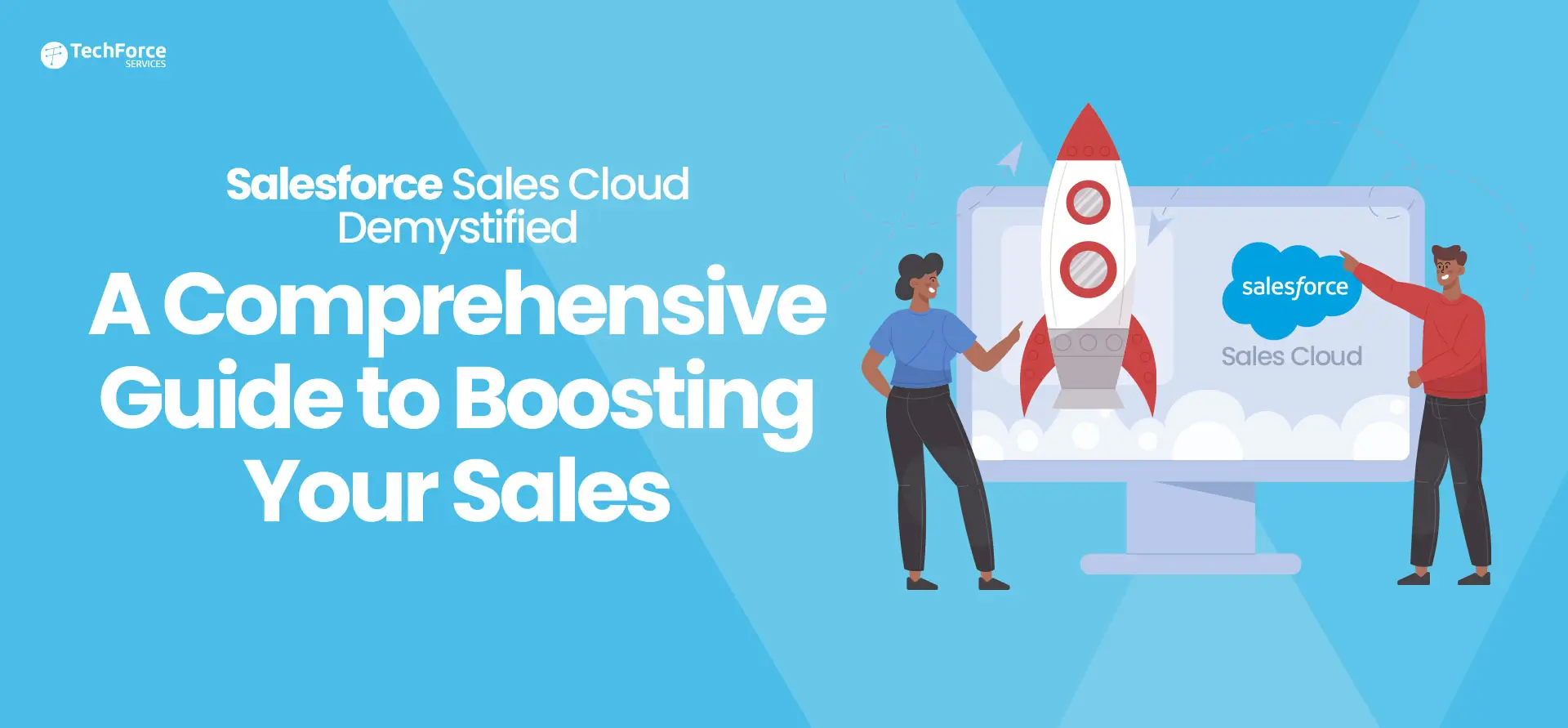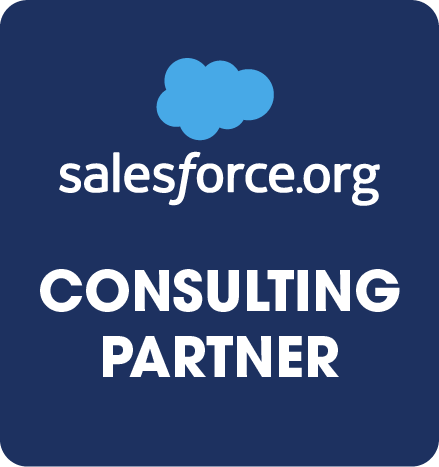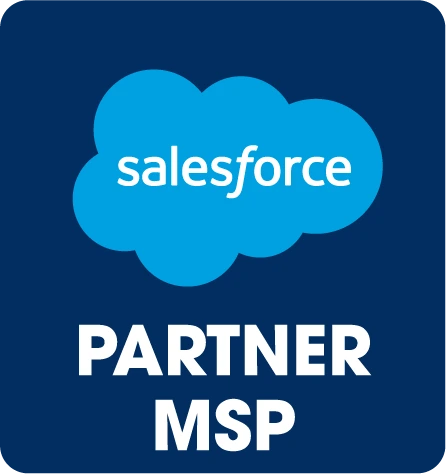What is Salesforce Implementation?
Salesforce Implementation is the process of integrating and setting up Salesforce within a company to optimize its functionality and align it with the organization’s specific needs. It’s a comprehensive strategy involving various steps:
Assessment and Planning: Understanding the organization’s objectives, analyzing current workflows, and defining goals to align Salesforce with business needs.
Customization and Configuration: Tailoring Salesforce features, modules, and functionalities to match specific business processes and requirements. This may involve setting up custom objects, fields, workflows, and user permissions.
Data Migration and Integration: Transferring existing data from legacy systems to Salesforce and integrating it seamlessly. This ensures a unified and comprehensive view of data across the organization.
Training and Adoption: Providing training sessions to users to familiarize them with the new system and encourage adoption. This step ensures that employees can effectively utilize Salesforce to enhance their workflows.
Testing and Deployment: Rigorous testing of the configured Salesforce system to ensure functionality, security, and usability. Once validated, the system is deployed across the organization.
Optimization and Support: Continuous refinement, updates, and improvements to Salesforce based on user feedback and evolving business needs. Providing ongoing support to users for any issues or enhancements required.
Reasons to Opt for Salesforce Implementation
Implementing Salesforce within an organization is a strategic move that offers multifaceted benefits and addresses critical needs across various business functions. Here’s an in-depth look at the compelling reasons to opt for Salesforce Implementation:
Enhanced Operational Efficiency and Productivity
Salesforce is renowned for its ability to streamline workflows and automate manual tasks. By leveraging its customizable features, organizations can design tailored processes that align seamlessly with their specific business requirements. This streamlining reduces redundancy, minimizes errors, and accelerates task completion, resulting in heightened operational efficiency and overall productivity gains.
Customized Solutions Aligned with Unique Business Needs
One of Salesforce’s greatest strengths lies in its adaptability. Its highly customizable nature enables businesses to mold the platform according to their distinct workflows and operational demands. Through custom fields, objects, workflows, and tailored user interfaces, organizations can create a personalized Salesforce environment that mirrors their unique business processes, promoting a more efficient and effective operational framework.
Data Management and Insights for Informed Decision-Making
Salesforce serves as a robust hub for managing and analyzing data, providing organizations with a comprehensive view of their information landscape. By centralizing data, it enables real-time access to critical information, facilitating informed decision-making. Additionally, Salesforce’s analytics tools offer actionable insights and predictive analytics, empowering businesses to anticipate market trends, identify opportunities, and strategize effectively.
Scalability and Flexibility for Business Growth
As businesses evolve and expand, Salesforce scales effortlessly to accommodate growth. Its scalable architecture allows seamless Salesforce integration of new functionalities and modules without disrupting ongoing operations. This scalability ensures that the Salesforce implementation remains relevant and adaptable to evolving business needs, making it an ideal long-term solution for companies aiming for sustainable growth.
Enhanced Collaboration and Unified Communication
Salesforce serves as a collaborative platform, fostering communication and teamwork across departments. Its centralized nature allows teams to share information, collaborate on projects, and track progress within a unified environment. This cohesive collaboration cultivates a culture of transparency, improves cross-functional communication, and enhances overall team efficiency.
Customer-Centric Approach and Improved Relationships
With its robust Customer Relationship Management (CRM) capabilities, Salesforce empowers organizations to deliver exceptional customer experiences. By consolidating customer data and interactions in a single platform, businesses gain a comprehensive understanding of their clientele. This knowledge enables personalized engagement, targeted marketing campaigns, and tailored service offerings, thereby strengthening customer relationships and fostering loyalty.
Advanced Reporting and Predictive Analytics
Salesforce’s reporting and analytics tools provide comprehensive insights into business performance. By generating detailed reports and employing predictive analytics, organizations can derive actionable intelligence to optimize strategies, identify trends, forecast sales, and evaluate campaign effectiveness. This data-driven approach supports informed decision-making, leading to more effective and efficient business operations.
Continuous Innovation and Support
Salesforce remains at the forefront of technological innovation, continuously introducing updates, enhancements, and new features. Implementing Salesforce ensures that organizations stay aligned with the latest technological advancements and industry trends. Moreover, Salesforce’s robust support ecosystem offers ongoing assistance, training, and resources to ensure successful implementation, adoption, and ongoing optimization of the platform.
Step-by-Step Guide to Achieve Successful Salesforce CRM Implementation

1. Understand Your Organization's Needs and Objectives
Begin by gathering insights from each department to identify their roles, recurring tasks, and required workflows. This helps determine which areas could benefit from Salesforce implementation and its specific functionalities.
2. Formulate a Realistic Budget
Research the various costs associated with Salesforce implementation like licenses, consulting, data migration, and training. Create a budget aligned with your organizational needs and desired outcomes.
3. Choose the Right Expertise
Select an implementation partner well-versed in Salesforce and experienced in your industry’s requirements. Tools like Trailhead offer guidance in choosing the right implementation partner.
4. Robust Change Management Strategy
Engage employees early via surveys and feedback platforms to build a robust strategy for organizational change management, ensuring buy-in and support.
5. Efficient Data Migration
Migrate existing CRM data proficiently to Salesforce, seeking guidance from experts to ensure a seamless transition and data integrity.
6. Staggered Feature Deployment
Gradually introduce Salesforce features in phases, gathering user feedback to fine-tune and optimize before implementing additional tools.
7. Focused Training Investment
Prioritize comprehensive user training and support, considering an implementation partner or digital platforms like Whatfix for continuous learning and guidance.
8. Ongoing Maintenance and Support
Establish a structured plan for CRM maintenance, including regular assessments to align with dynamic business requirements and user needs.
9. User-Centric Feedback Mechanisms
Facilitate continuous feedback loops and accessible support channels, ensuring swift resolution of challenges and prioritizing user experience enhancement.
10. Performance Monitoring and Adaptation
Regularly monitor Salesforce usage, gather application performance insights, and adapt functionalities to ensure continual alignment with organizational objectives and goals.
Related Read: Best Practices for Successful Salesforce Implementation
5 Most Common Salesforce Implementation Challenges
User Adoption Resistance
One of the primary challenges in Salesforce implementation is user resistance. Employees might resist change due to unfamiliarity with the new system, fear of increased workload, or hesitation in learning new technology. This resistance can hinder the successful adoption of Salesforce, impacting its utilization and effectiveness.
Data Quality and Migration
Migrating existing data to Salesforce can be intricate. Issues arise from the quality of data being migrated, inconsistencies in formats, and mapping complexities. Inadequate data cleansing or transformation may result in data integrity issues, affecting the accuracy and reliability of information stored in Salesforce.
Customization Complexity
While Salesforce offers extensive customization options, configuring it to match specific business processes can be challenging. The complexity arises when aligning Salesforce functionalities precisely with organizational workflows, leading to delays, errors, or inefficiencies if customization isn’t executed properly.
Integration Challenges
Integrating Salesforce with existing systems, applications, or databases is crucial for a seamless flow of data across the organization. However, compatibility issues, differing data structures, or integration complexities between Salesforce and other platforms can hinder smooth data exchange, impacting overall operational efficiency.
Insufficient Training and Support
Inadequate training for end-users and administrators often leads to underutilization of Salesforce features. Lack of comprehensive training materials, ongoing support, or guidance in navigating the platform can limit users’ understanding and hinder the realization of Salesforce’s full potential.
Addressing these challenges requires proactive planning, robust change management strategies, user-centric training, thorough data analysis, and meticulous customization to ensure a smooth Salesforce implementation and maximize its benefits for the organization.
Why should you choose TechForce Services as your Salesforce Implementation Partner?
Benefit from TechForce Services’ decade-long expertise in maximizing Salesforce investments. As your trusted partner, we navigate the implementation journey, tailoring solutions to suit your business needs.
Our global team of Salesforce consultants brings vast experience, adept at overcoming unique implementation hurdles. Leveraging their expertise, we steer your Salesforce project towards success, elevating your CRM capabilities to new heights. Partner with us to propel your organization forward in the realm of Salesforce implementation.













